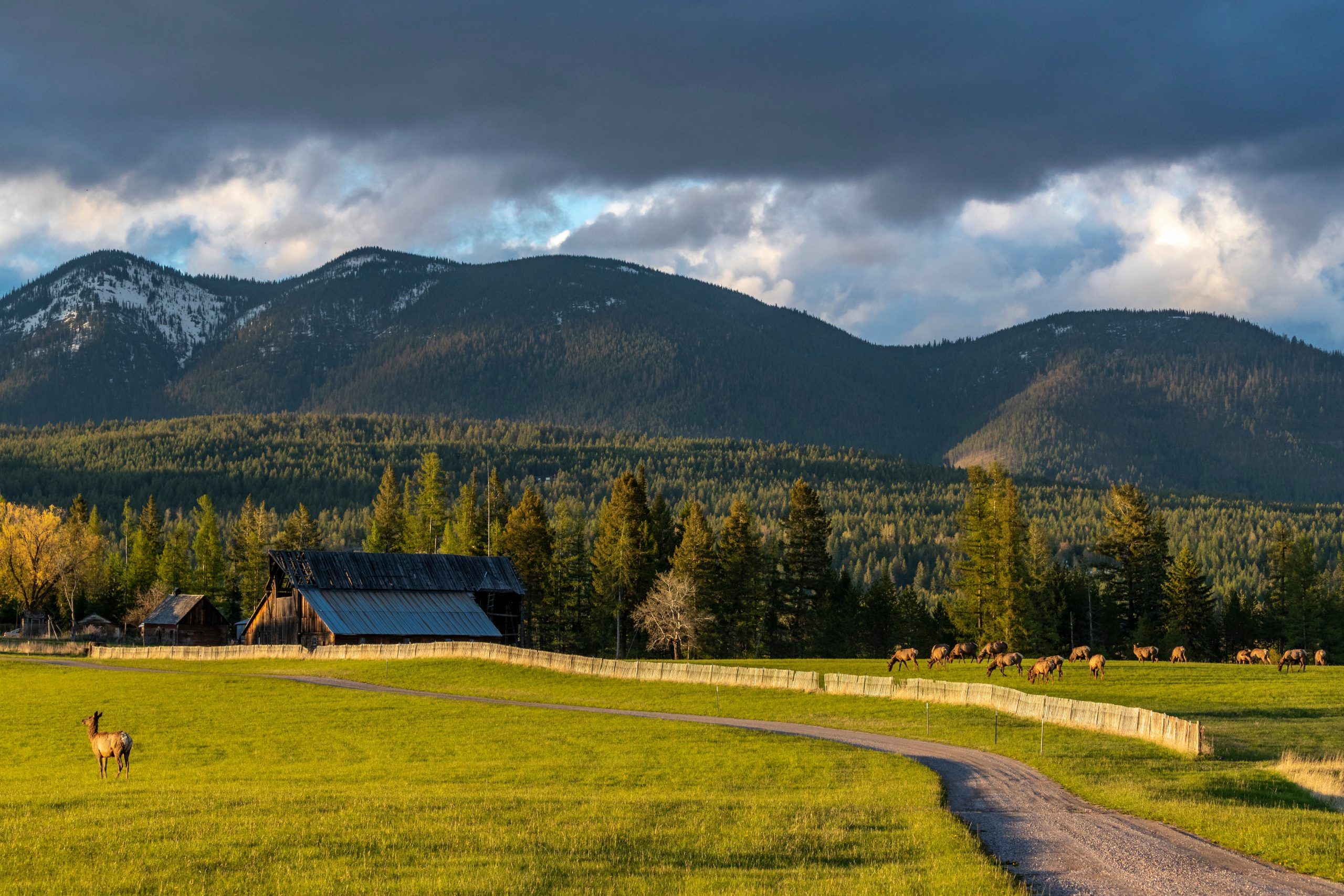
Debunking the elk privatization myth
In a recent opinion piece, state legislators Tom France and Pat Flowers try to make the case that Governor Gianforte is planning to “privatize” Montana’s elk herds at the behest of greedy ranchers. In a bizarre twist of logic, the foundation of their thesis is the fact that those same ranchers are suing the Gianforte administration for improper elk management. Even if their narrative quickly unravels under scrutiny, it deserves a response.
France and Flowers know perfectly well that no governor can privatize elk. Commercial elk farms were banned in Montana with the passage of I-143 in 2000. Elk, like all wildlife, are a public resource managed by government trustees for the benefit of all. In Montana, no one can own elk—this is not in dispute.
The lawsuit brought against the state by United Property Owners of Montana (UPOM) is not an attempt to privatize elk, its objective is to address the significant damage some ranchers are suffering due to elk policies that have resulted in explosive, unsustainable population growth in a few areas.
It’s noteworthy that Flowers and France do not challenge the merits of this lawsuit or offer a counterargument. Instead they rely solely on demagoguery and apply false motives to their opponents to arrive at a conspiracy theory easily debunked. If they thought there was a good legal argument against the lawsuit, they would have said so.
Here are the facts. The Department of Fish, Wildlife, and Parks (FWP) has set a statewide elk population objective of 92,000 animals. As of 2021, we have an estimated 175,000 elk. These elk are not evenly distributed, with some hunting districts well below the objective level, and some districts with populations more than ten times the level recommended by FWP.
State law requires FWP to both set a population objective for elk in each hunting district, and to manage those elk so the population is at or near the objective level. When populations fall below objective, FWP is supposed to manage more conservatively to increase numbers. When populations are over objective, FWP is supposed to manage more liberally to bring numbers down to sustainable levels.
The problem the UPOM lawsuit addresses is that in some areas FWP has persisted in managing conservatively despite population levels far above where they are supposed to be. In these over-population areas, FWP has actually limited hunting by requiring a limited-draw permit. These limited-permit areas have become popular with hunters as sought-after trophy areas, but they come at great expense to the ranchers who provide habitat.
For instance, hunting district 417 near Lewistown has an elk population about ten times over objective—an estimated 4,300 elk. In this district FWP allocates only 225 either-sex elk rifle permits and 300 archery permits. With such limited hunting opportunity it’s no wonder the population has spiraled out of control.
Earlier this year FWP recommended liberalizing hunting in 417 and several other districts that are grossly over population objectives. But the Fish & Game Commission chose not to adopt this recommendation after intense lobbying from hunters.
This situation exposes a flaw in how we set wildlife policy in Montana. There is an imbalance between the people who are materially affected by wildlife management decisions—ranchers—because they are outnumbered by the beneficiaries—hunters.
Fortunately, our law is set up to protect the minority. Suing to fix mismanagement of elk is the extreme option—but it’s where we ended up after exhausting all other options. And this is the situation that results when politicians like Flowers and France are willing to lie to foster political division rather than work to bring people together to achieve balanced elk management.